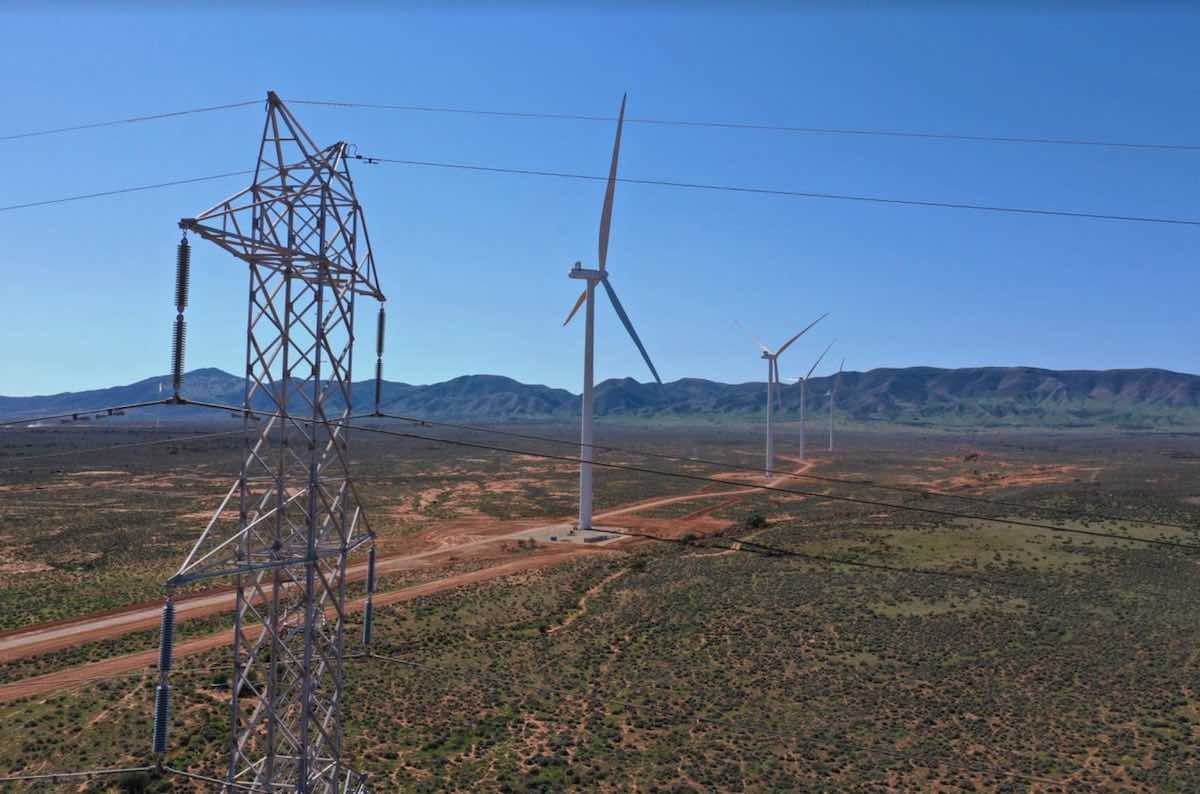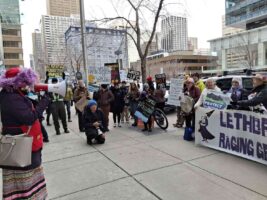It’s official. We’re now in a “renewable energy industrial revolution.” Those four words came out of Queensland’s Premier Annastacia Palaszczuk’s mouth last week as she unveiled the landmark Queensland Power Plan, including a $700 million “supergrid” in the state’s north.
The very next day, AGL’s announcement of Loy Yang A’s 2035 closure underlined the accelerating pace and scale of the energy system changes underway.
Despite much rhetoric about emerging technologies, one of the most critical pillars of this revolution involves a technology we’ve had for generations.
Ten thousand kilometres of new transmission lines will be required to transport our rapidly growing volume of renewable energy to where it’s needed in homes, schools and workplaces around the country.
The challenge is that the renewable energy industrial revolution is moving much faster than our transmission planning regime – the infamous Regulatory Investment Test for Transmission (or RIT-T) – is capable of facilitating.
At the same time, transmission companies, under this process, have not always been able to earn the trust and respect of the communities who will host new transmission lines.
Rewiring the Nation
Cognisant of this problem, the federal government, prior to its election, committed $20 billion to establish a Rewiring the Nation Corporation (RNC) to invest in the modernisation of our electricity grid, and also committed to reviewing the RIT-T.
The success of the energy transition depends on our regional communities benefiting from the process. After all, regions are set to host the vast majority of our solar farms, wind farms, batteries and transmission lines.
We must also strengthen our fragile environment, which has been a casualty in the development of our energy systems for too long, by developing an environmentally restorative renewables industry.
That is why today, 30 Australian environmental and climate organisations including RE-Alliance released 12 recommendations to the federal government on the design of its Rewiring the Nation policy.
Given the huge task of overhauling our energy planning systems, we’ll need measures to support the transmission lines that are in the works now as well as the ones we know we’ll need to start later.
How to make new transmission “super,” fair and sustainable
In the short to medium term, we recommend that the government undertake open public consultation around the funding model for the Rewiring the Nation Fund.
We would like to see the Fund protect consumers and support communities hosting lines at the same time by filling the gap between what the RIT-T allows and the costs of building transmission lines well. Funding should be tied to improved social and environment processes and outcomes.
We recommend AEMO be directed to model the 2024 Integrated Systems Plan (ISP) to show what is required for an energy system consistent with only 1.5 degrees of warming.
Sovereignty of First Nations people and land must be respected by upholding the principles of self-determination and free, prior and informed consent.
Greater planning, community engagement, and fairer payments for landholders and communities hosting transmission lines are critical. If you’re hosting a new transmission line on your farm, it should add value to your farming business as a solar or wind farm would.
Strategic land use mapping, in consultation with regional communities, is needed to transparently assess areas of significance to First Nations, agricultural producers, local communities and conservationists, to feed into future ISPs and national and state transmission planning.
We also underline calls for reform of the Environment Protection and Biodiversity Conservation (EPBC) Act.
Building new lines will require tons of steel, and herein lies an opportunity to kickstart a green steel industry in Australia. This should be supported by government and benefit our regional economies.
Finally, we call for a National Distribution Network Plan to unlock more small and medium scale renewables generation and storage.
This is something regional and rural Australia want to see. It will enable faster decarbonisation of our agriculture sector and allow more of our farmers to benefit financially by exporting renewable energy to the grid.
Details of these recommendations can be found here.
Kate Healey and Lu Allan work with RE-Alliance, a not-for-profit working towards a renewables future that is bright for Australia’s regional communities.










